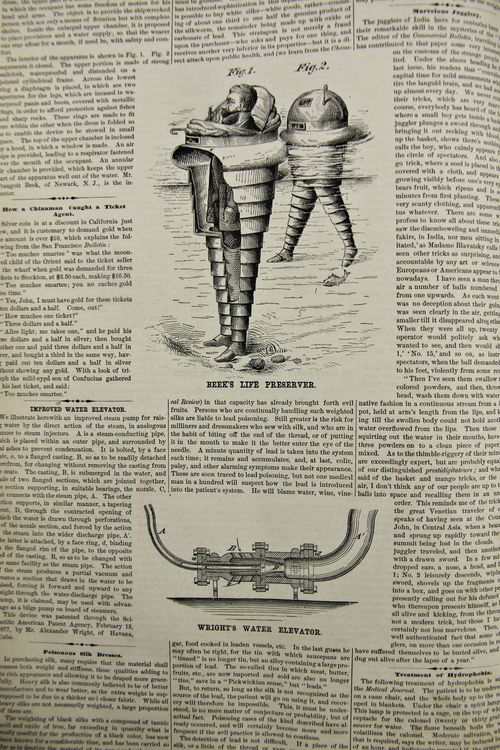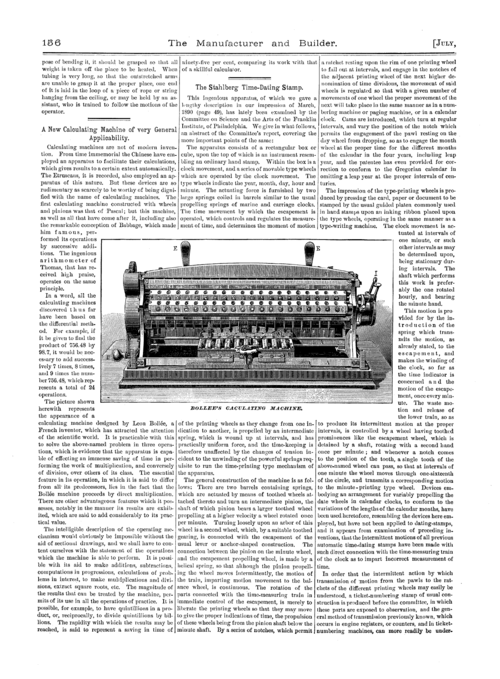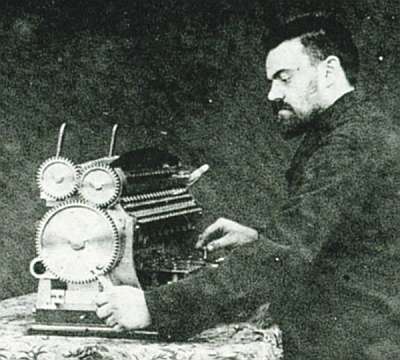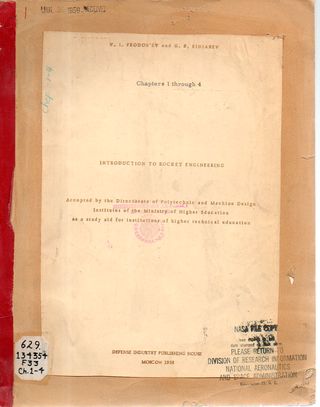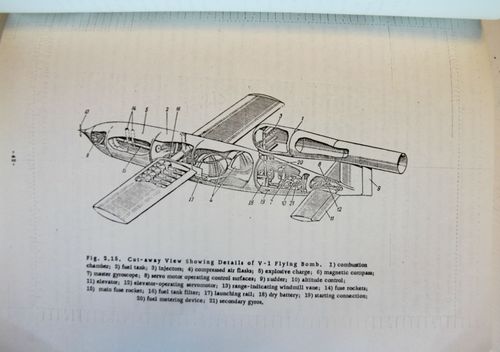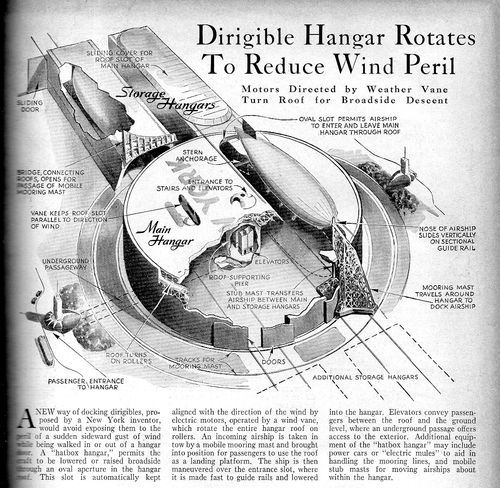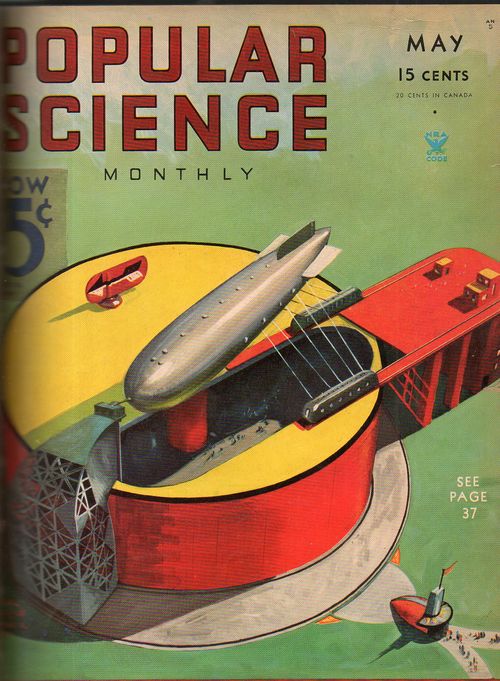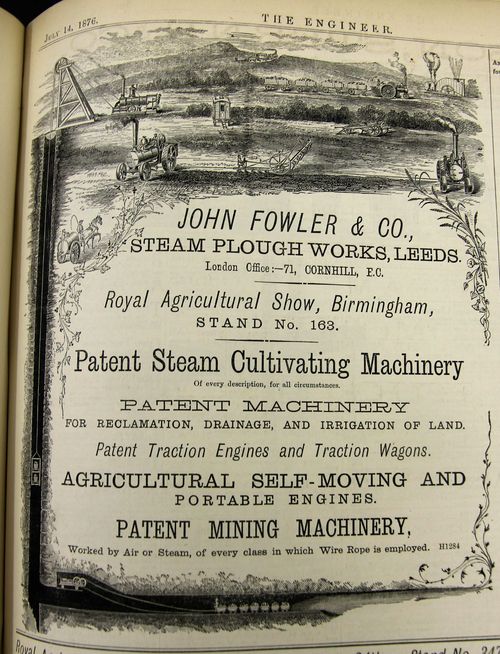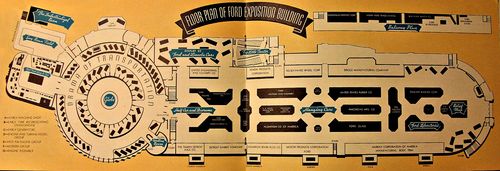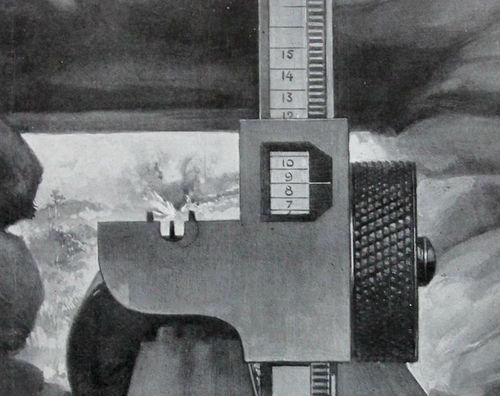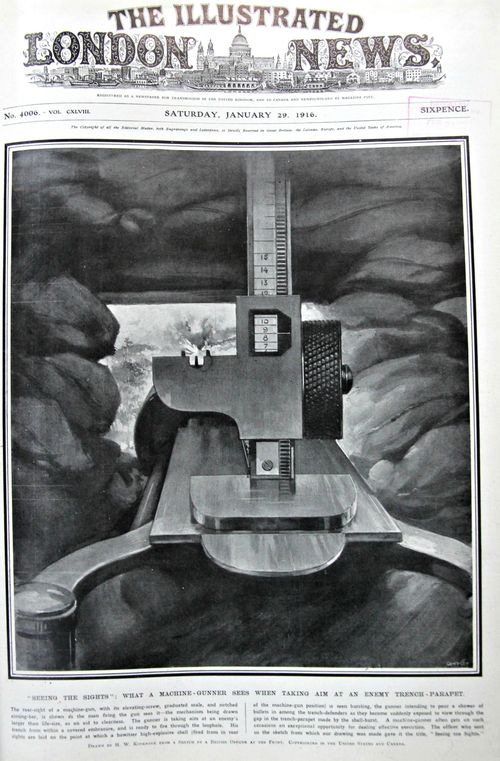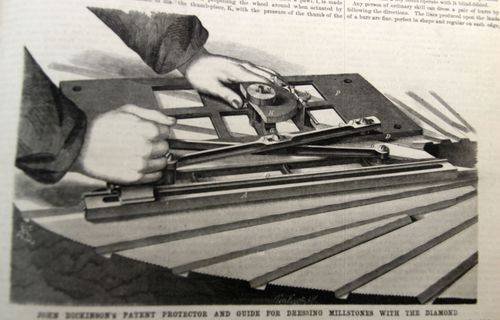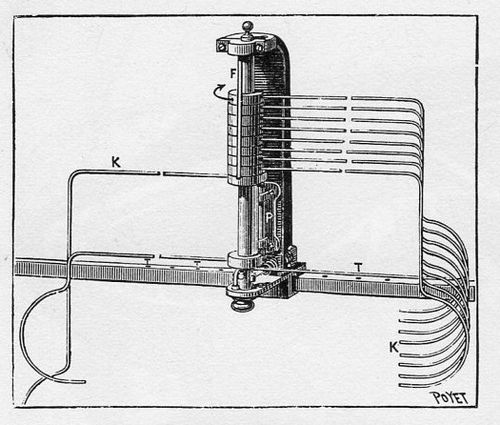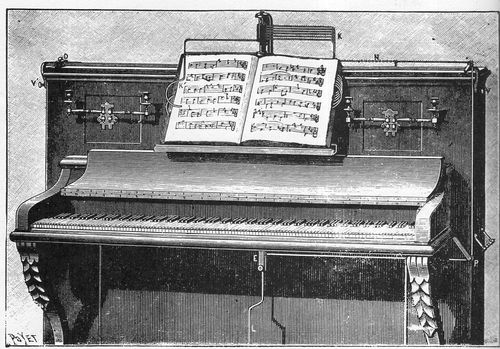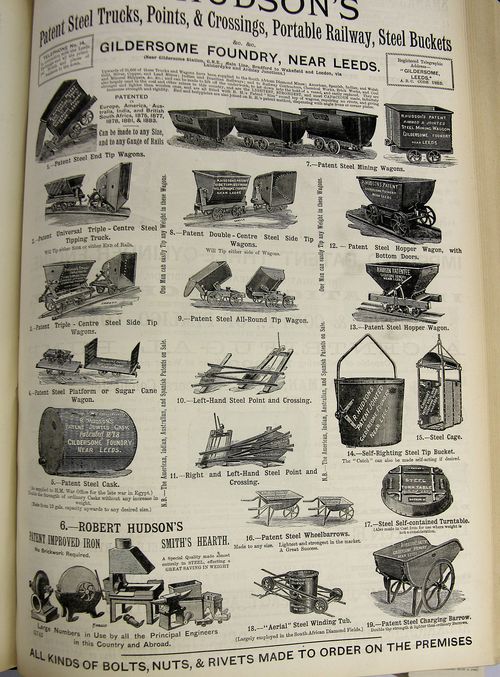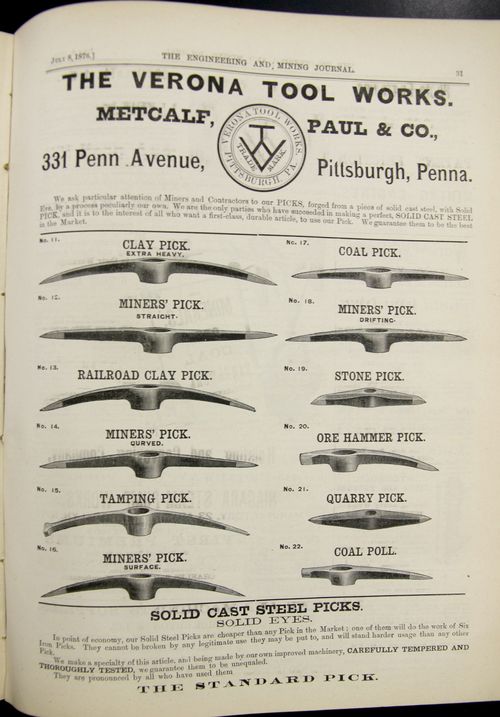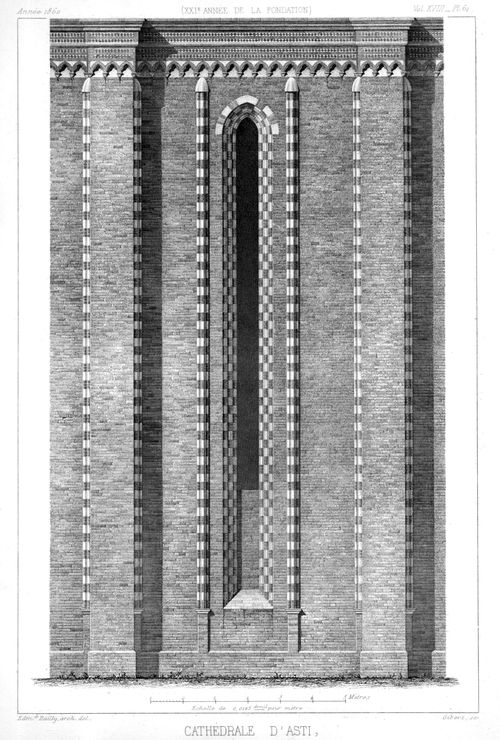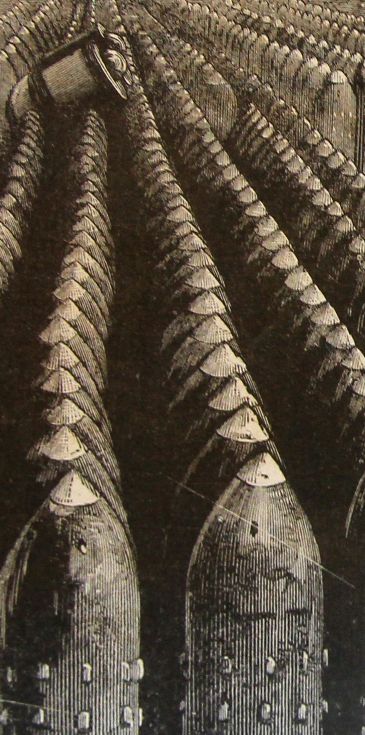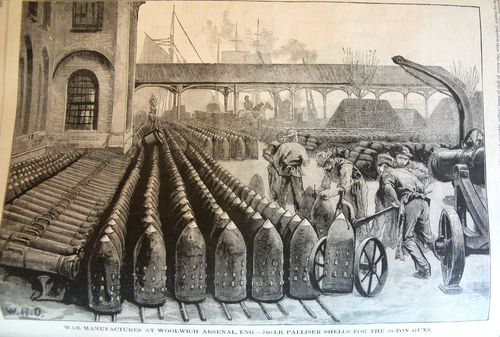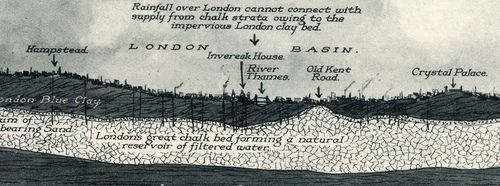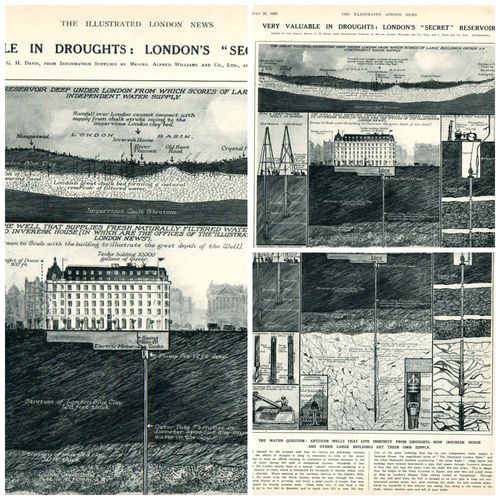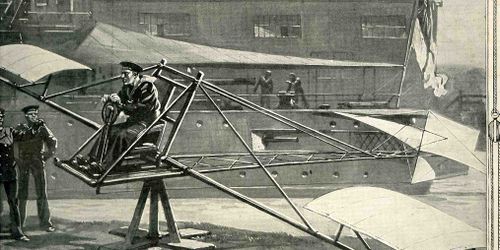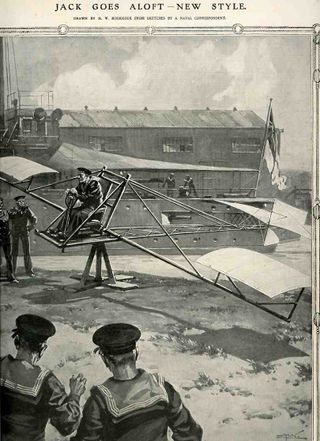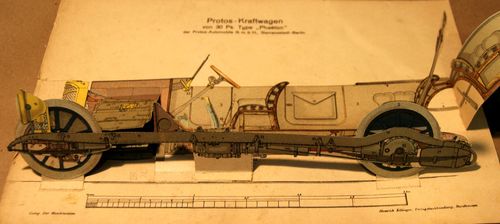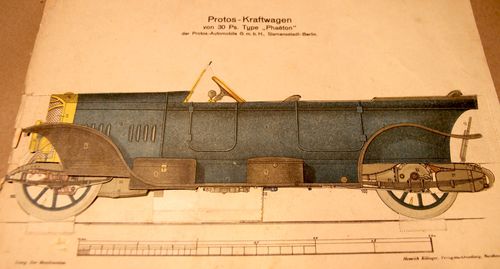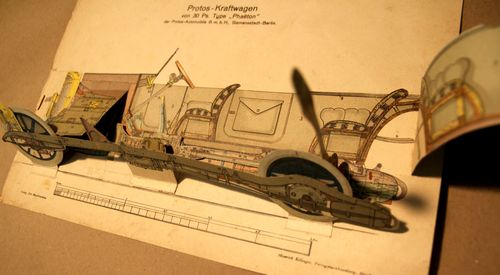JF Ptak Science Books Post 733 (from August 2009) expanded Blog Bookstore
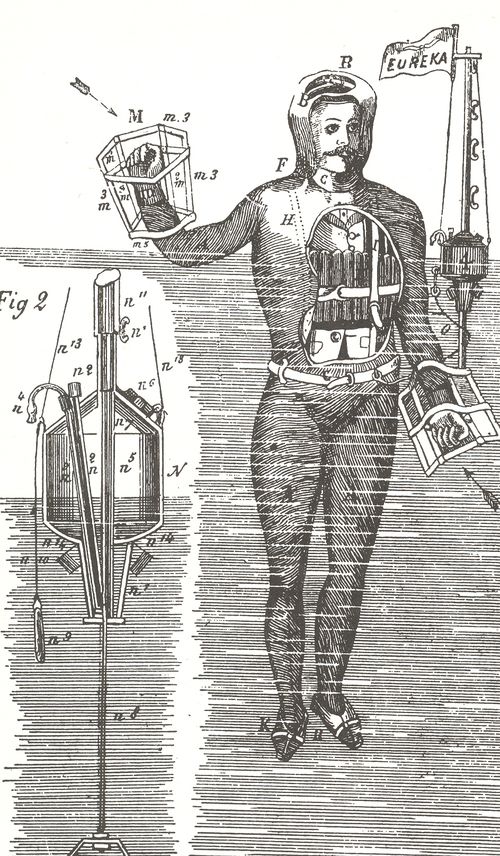
[Source: Scientific American, July 11, 1869; also [The full description of the apparatus (as seen in the American Phreonological Journal, September, 1869) can be read in the continued reading section, below.]
And so in 1869 came this odd Victorian appeal to a frosty blend of survivability and entertainment. The fellow in this woodcut was decked out in the very latest lifesaving apparatus for making one’s waxed-mustachioed way through disaster. The surviving member donned a very resistant, very heavy suit made of rubber, including a helmet (of some sort), all of which was made to make the wearer impervious to cold or heat./ Under the rubber suit was a floatation/buoyancy undersuit which seems to fit snug around the wear’s waistcoat. It looks as though the whole of the suit would increase the mass of the wearer by something like one-third. Most intriguing here is the little companion buoy (complete with a “Eureka” flag), which was outfitted with water, food, “reading material so that he may read the news to pass the time of day”, cigars, a pipe and tobacco, plus torches. Evidently, this was to keep the person afloat, alive, and entertained for days on end.

[Source: Scientific American via Google Books]
This magnificent 1877 non-SteamPunk telescoping india-rubber screw, invented by Traugott Beek (of Newark N.J.), is supposed to be waterproof, so that the wearer could put it on over evening clothing (as is the case in this illustration) and enjoy a spin in the surf before contemplating other Victorian nighttime reveries. It was said that the wearer could stow away a month's worth of food in the suit, somehow--I don't see how this could be, especially if there was a month's worth of water, which would like fitting in the suit with another (larger) person.
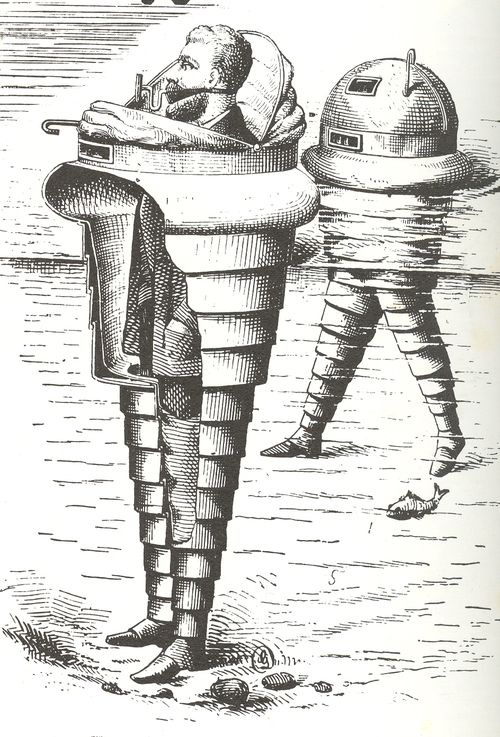
[Source: Scientific American, May, 1877, issue #18.]
